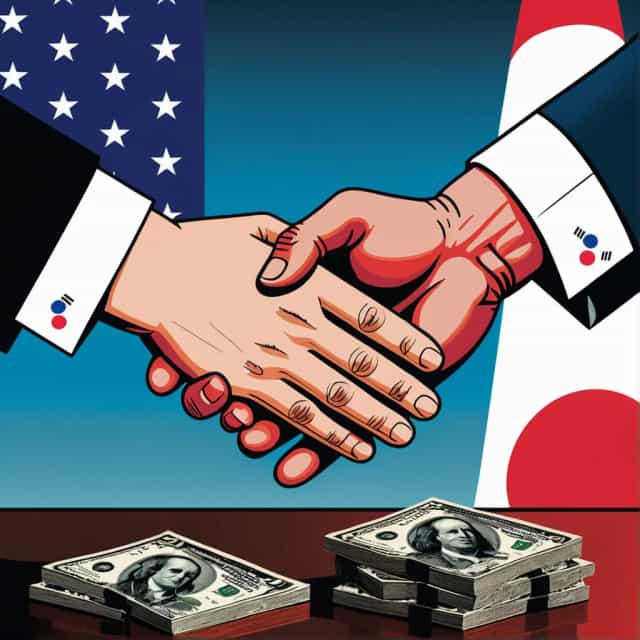
출처: Block Media
Tether (USDT) Supply Hits Record High Amid Surging Institutional Demand
The stablecoin Tether (USDT) has reached a historic milestone, with its total supply climbing to an unprecedented $181 billion, which translates to approximately KRW 256.5 trillion. This surge underscores growing institutional interest and escalating activity within blockchain-powered ecosystems. Just in the past few days, Tether issued an additional $4.5 billion (around KRW 6.3 trillion) to meet burgeoning demand, solidifying its position as a cornerstone in the digital asset market.
DeFiLlama data shared by Crypto Times on July 16th (local time) revealed that Tether’s total supply currently stands at $181.4 billion, or roughly KRW 257 trillion, with each token backed 1:1 by U.S. dollar reserves. As the undisputed leader of the stablecoin market, Tether commands 60% of the sector—ahead of its closest competitor Circle's USDC, which holds 24.6% market share with a supply totaling $75.7 billion (approximately KRW 107.3 trillion).
Remarkable Surge in Stablecoin Market Supply
The year 2025 has marked explosive growth for stablecoins, driven by increasing institutional adoption, relaxed regulatory frameworks, and heightened demand for dollar-pegged digital assets. By mid-2025, the aggregated supply of stablecoins crossed $300 billion (nearly KRW 425.2 trillion). Optimistic projections suggest the market could surpass $400 billion (around KRW 566.9 trillion) by year-end if current momentum continues.
The third quarter of 2025 witnessed a record-breaking $15.6 trillion in stablecoin transactions, highlighting their essential role in powering decentralized finance (DeFi) protocols and facilitating efficient cross-border payments. A significant portion of new stablecoin issuance—69%, to be precise—occurred on the Ethereum blockchain, which remains central to the tokenization ecosystem. Centralized stablecoins like Tether and USDC dominated the landscape, together accounting for more than 90% of the market. This surge in activity underscores the resilience of stablecoins and their mounting importance as a catalyst for broader cryptocurrency adoption and market evolution.
Stablecoins: Uniting Traditional Finance with DeFi Innovations
Beyond providing stability in volatile cryptocurrency markets, stablecoins are proving instrumental in bridging the gap between traditional finance and decentralized finance systems. By integrating these two domains, stablecoins have revolutionized cross-border payments, slashing processing times from days to mere hours and reducing average remittance fees from 2% to as low as 0.3%.
Regulatory-compliant frameworks paired with automated DeFi settlement systems are facilitating stablecoins’ transformation from simple transactional instruments into vital components of the global financial infrastructure. This integration is fostering the proliferation of digital assets and pioneering innovative financial models, further catalyzing the adoption of blockchain technologies and bolstering the foundation for future economic systems.
Whether optimizing payment networks or driving the evolution of decentralized finance, stablecoins are now central to reshaping both institutional and retail financial landscapes. Their remarkable growth trajectory and adoption promise to solidify their role in modern global economies, blurring the lines between traditional financial systems and blockchain-driven innovations.










